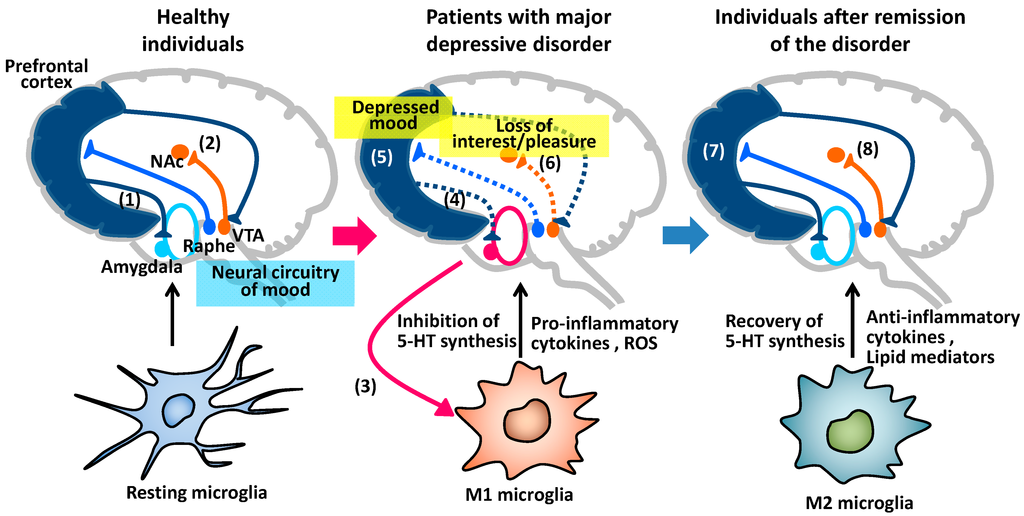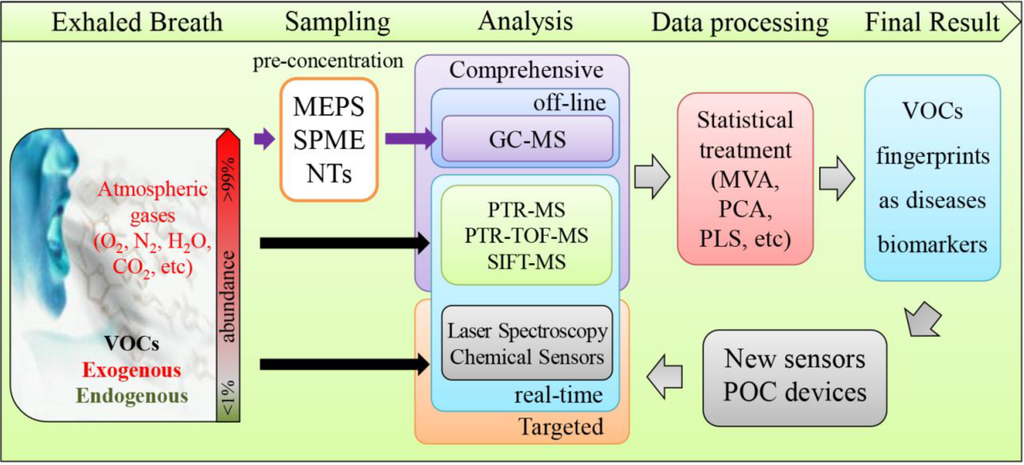Monday, 21 March 2016
Pharmacogenetics: Relevance to African Healthcare
Sequencing the human genome, more than a decade ago, initiated the genomics era and the promise of truly personalized medicine. However, much is still unknown about the genetic factors that affect drug efficacy and toxicity, and there are currently very few clinically useful pharmacogenetic tests available. Of these, even fewer are potentially of benefit to developing countries in Africa because pharmacogenetic screening tests are often not applicable to African populations with their unique genetic profiles. Yet, pharmacogenetic tests that accurately predict drug response and toxicity can have a major impact on efficient and effective healthcare in Africa, where the burden of disease is greatest.
Thursday, 11 June 2015
Clinical and Molecular Genetic Aspects of Hypertrophic Cardiomyopathy
Hypertrophic cardiomyopathy (HCM) is a fascinating disease with diverse phenotypic expression that spans from minimal hypertrophy to severe heart failure and sudden cardiac death (SCD). HCM is the most common cause of sudden cardiac death (SCD) in the young competitive athletes and a major cause of morbidity and mortality in elderly. Molecular genetic basis of HCM is all but elucidated by identification of several hundred different mutations in 11 different genes, all encoding sarcomeric proteins.
The emphasis of current research is to develop Genetic Screening techniques in order to identify the mutation carriers prior to and independent of the clinical manifestations of HCM; to identify genetic and non-genetic determinants of clinical outcome in HCM; and to identify novel drug targets in order to prevent, attenuate or reverse the evolving phenotype. Recent studies have led to partial understanding of the molecular pathogenesis of HCM phenotypes and consequently, identification of new therapeutic targets, which have been tested in animal models of human HCM with promising results. Studies in transgenic animal models have shown the treatment with statins or blockade of renin-angiotensin-aldosterone system could attenuate and mitigate evolving cardiac phenotypes in HCM. Studies in human patients with HCM are needed to determine whether the observed beneficial effects of new pharmacological interventions also extend to humans with HCM.
The emphasis of current research is to develop Genetic Screening techniques in order to identify the mutation carriers prior to and independent of the clinical manifestations of HCM; to identify genetic and non-genetic determinants of clinical outcome in HCM; and to identify novel drug targets in order to prevent, attenuate or reverse the evolving phenotype. Recent studies have led to partial understanding of the molecular pathogenesis of HCM phenotypes and consequently, identification of new therapeutic targets, which have been tested in animal models of human HCM with promising results. Studies in transgenic animal models have shown the treatment with statins or blockade of renin-angiotensin-aldosterone system could attenuate and mitigate evolving cardiac phenotypes in HCM. Studies in human patients with HCM are needed to determine whether the observed beneficial effects of new pharmacological interventions also extend to humans with HCM.
Refrence:bentham science publishers
Tuesday, 9 June 2015
Concerns and Considerations about the Quality Control of Natural Products Using Chromatographic Methods
Natural products have been used throughout human history for many applications. The matrices of natural products show a myriad of biological activities that can result from a specific compound or from the synergistic effect of several or even hundreds of different components.
The development of applicable analytical methods along with the qualitative and quantitative characterization of active ingredients and possible interferents need to be extensively studied. However, guidelines or general protocols that can be applied to all samples do not exist, and there is no simple analytical validation method. Every matrix has specific demands and different markers, and quality control laboratories possess different instrumental configurations. Considering these technical difficulties, this review article presents examples, experimental strategies, and arguments demonstrating the importance of qualitative and quantitative knowledge of natural products, analytical validation, and the influence of these matrices over biological results. The major criteria that should be addressed in the development of analytical methods are also discussed. Among several validation parameters, the study of extraction efficiency is highlighted.
Moreover, because Natural Products are derived from living organisms and hence are affected by biotic and abiotic factors during their production, it is extremely difficult to ensure a constant level of activity for these substances among different batches. In order to overcome such obstacles and improve the quality control of these products, which is necessary to obtain reproducible biological activities and approve new commercial uses, the development and application of analytical methods are fundamental.
The development of applicable analytical methods along with the qualitative and quantitative characterization of active ingredients and possible interferents need to be extensively studied. However, guidelines or general protocols that can be applied to all samples do not exist, and there is no simple analytical validation method. Every matrix has specific demands and different markers, and quality control laboratories possess different instrumental configurations. Considering these technical difficulties, this review article presents examples, experimental strategies, and arguments demonstrating the importance of qualitative and quantitative knowledge of natural products, analytical validation, and the influence of these matrices over biological results. The major criteria that should be addressed in the development of analytical methods are also discussed. Among several validation parameters, the study of extraction efficiency is highlighted.
Refrence:bentham science publishers
Sunday, 7 June 2015
Genetic Markers in Biological Fluids for Aging-Related Major Neurocognitive Disorder
Aging-related major neurocognitive disorder (NCD), formerly named dementia, comprises of the different acquired diseases whose primary deficit is impairment in cognitive functions such as complex attention, executive function, learning and memory, language, perceptual/motor skills, and social cognition, and that are related to specific brain regions and/or networks. According to its etiology, the most common subtypes of major NCDs are due to Alzheimer’ s disease (AD), vascular disease (VaD), Lewy body disease (LBD), and frontotemporal lobar degeneration (FTLD). These pathologies are frequently present in mixed forms, i.e., AD plus VaD or AD plus LBD, thus diagnosed as due to multiple etiologies. In this paper, the definitions, criteria, pathologies, subtypes and genetic markers for the most common age-related major NCD subtypes are sum marized.

The current diagnostic criteria consider cognitive decline leading to major NCD or dementia as a progressive degenerative process with an underlying neuropathology that begins before the manifestation of symptoms. Biomarkers associated with this asymptomatic phase are being developed as accurate risk factor and biomarker assessments are fundamental to provide timely treatment since no treatments to prevent or cure NCD yet exist. Biological fluid assessment represents a safer, cheaper and less invasive method compared to contrast imaging studies to predict NCD appearance.Genetic disorder factors particularly have a key role not only in predicting development of the disease but also the age of onset as well as the presentation of comorbidities that may contribute to the disease pathology and trigger synergistic mechanisms which may, in turn, accelerate the neurodegenerative process and its resultant behavioral and functional disorders.

The current diagnostic criteria consider cognitive decline leading to major NCD or dementia as a progressive degenerative process with an underlying neuropathology that begins before the manifestation of symptoms. Biomarkers associated with this asymptomatic phase are being developed as accurate risk factor and biomarker assessments are fundamental to provide timely treatment since no treatments to prevent or cure NCD yet exist. Biological fluid assessment represents a safer, cheaper and less invasive method compared to contrast imaging studies to predict NCD appearance.Genetic disorder factors particularly have a key role not only in predicting development of the disease but also the age of onset as well as the presentation of comorbidities that may contribute to the disease pathology and trigger synergistic mechanisms which may, in turn, accelerate the neurodegenerative process and its resultant behavioral and functional disorders.
Refrence:bentham science publishers
Subscribe to:
Posts (Atom)










